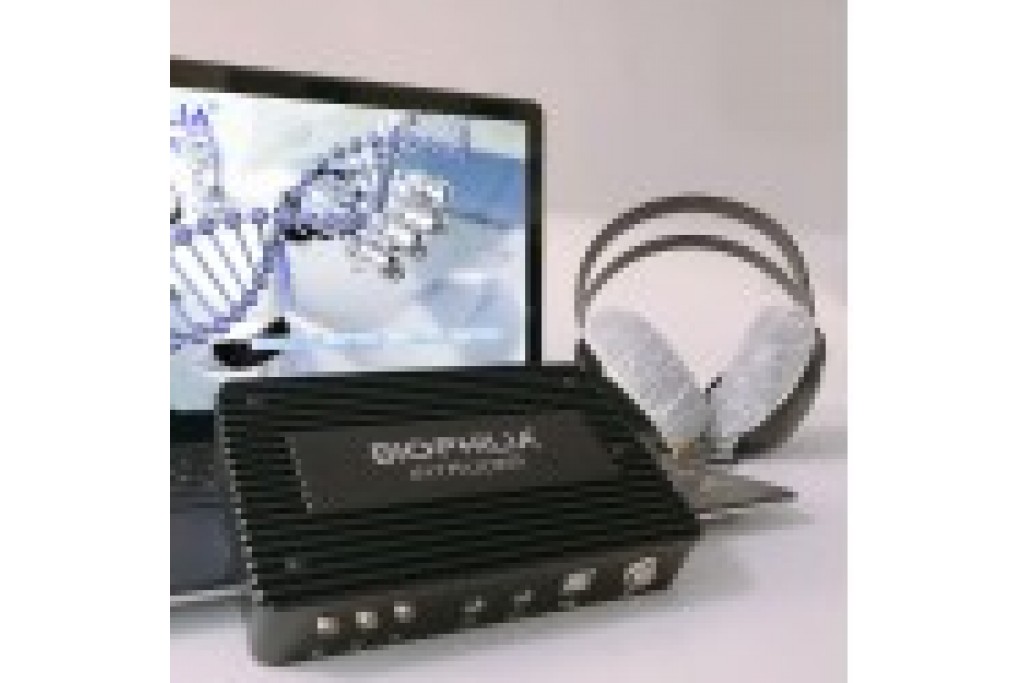Biophilia Intruder ~ Intervertebral Disc Degeneration
- Chris
- September 09, 2025
- 95
- 0
- 0
Biophilia Intruder ~ Intervertebral Disc Degeneration
The high resolution of NLS devices like the Biophilia Intruder allows this method to reveal not only morphological damage but also the extent of changes in the degenerated disc. Disc degeneration leads to tissue dehydration, resulting in a gradual narrowing of the disc space and an increase in image signal color. This decrease is associated with changes in the disc's proteoglycan structure, but is not caused by an absolute change in water content. Disc dehydration leads to a decrease in disc height and a loss of the boundary between the nucleus pulposus and annulus fibrosus. As degeneration progresses, fine fluid-filled fissures appear; these are detected as linear areas of hyperpigmentation. Later in the degenerated disc, calcification may occur.
We can highlight (without highlighting specific topics):
1) Disc herniation - the displaced disc (nucleus pulposus) stretches the annulus fibrosus, causing microcracks on its exterior, but without perforation;
2) Disc prolapse - a portion of the disc protrudes beyond the annulus fibrosus into the epidural space;
3) Disc sequestration - migration of nucleus pulposus material above or below the level of the disc. Typical changes in the bone marrow tissue near the degenerative intervertebral disc can be conveniently categorized into three types: vascular, fatty, and sclerotic.
Due to this fact, in most cases, a sufficient number of studies include the following examinations: 2D scanning of the injured intervertebral disc in sagittal and axial projections at the level of detected changes. 3D scanning is also practical for highlighting the closure plate to detect erosion and bone marrow tissue condition.
The application of NLS microscopy is valuable for assessing the degree of deformation and contraction of the dural sac, as well as the condition of the dural infundibulum to detect its deformation and malposition.
Given its non-invasive nature and lack of ionizing radiation, the NLS method can be used to dynamically monitor postoperative changes. To distinguish recurrent disc herniation from postoperative scarring, we use spectral entropy analysis. Mature scar tissue has a distinct spectral structure distinct from disc tissue, which can be clearly visualized in SEA.
Biophilia Intruder's rich database and powerful features have been highly praised in the medical community.

